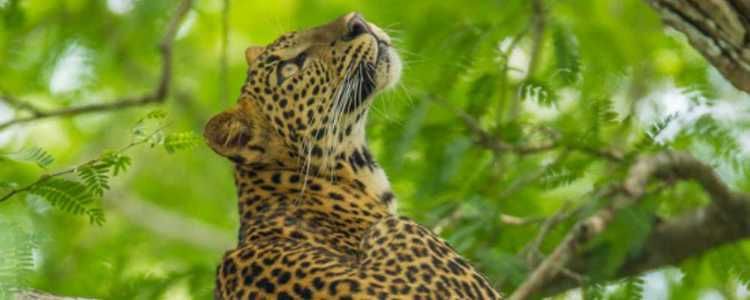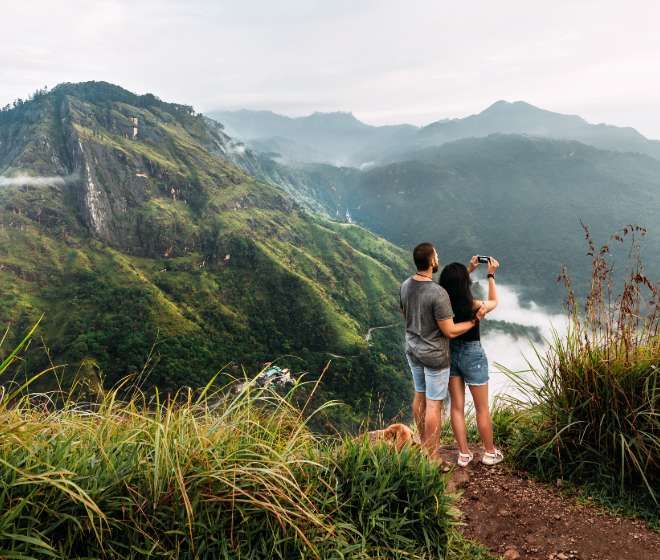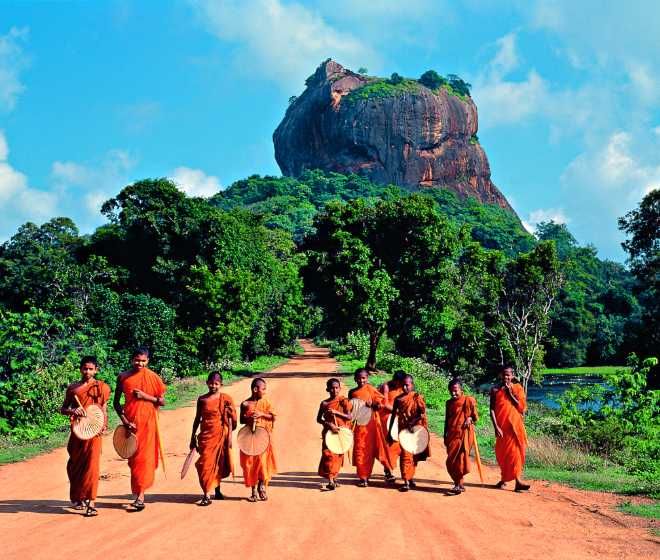
Sri Lankan Leopard
Among twenty four subspecies belonging to the Wally Felidae, only Panther models kotiya is present in Sri Lanka. The adoptability of the leopard in inhabiting a variety of different habitats (from rainforest to desert) and its opportunistic hunting behavior, greatly contribute to its successful survival in diverse landscapes. Its ability to run at speeds of 50 km/h, its unique climbing habits even when carrying a heavy carcass, as well as its stealth are positive features for survival. Leopards arc powerful swimmers too. Leopards are agile and stealthy predators and they are able to take large prey using their massive skulls and powerful jaws. They are versatile, opportunistic hunters, and have very broad food preferences. Their diet consists mostly of ungulate and small primates.
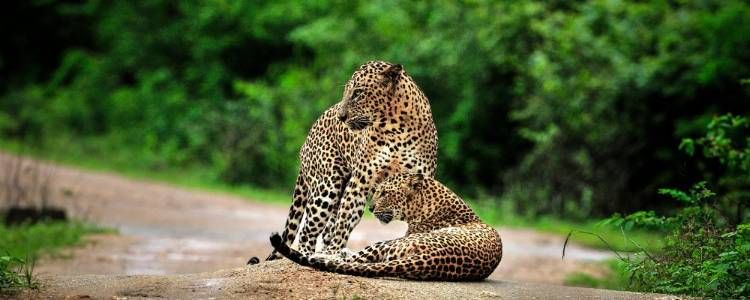
At least 92 prey species have been recorded as their diet. Leopards am elusive, solitary and largely nocturnal. They are territorial and the extent of their territory depends on the availability of food, cover and sexual partners. Males have a larger territory. There seems to be little or no overlap in territory among males but overlap exists between males and females. Females will give birth in a cave, in a crevice among boulders, inside a hollow tree or in a thicket to make a den. The gestation period lasts between 90 and 105 days. Cubs are born with closed eyes, which open within four to nine days after birth. Around three months of age, the young begin to follow the mother on hunts, at one year of age, leopard juveniles can probably find prey for themselves but remain with their mother for 18 to 24 months. Leopards have the largest distribution, occurring from Africa to Asia. Though they are highly adaptable to the environment, the population is declining due to habitat loss and fragmentation.
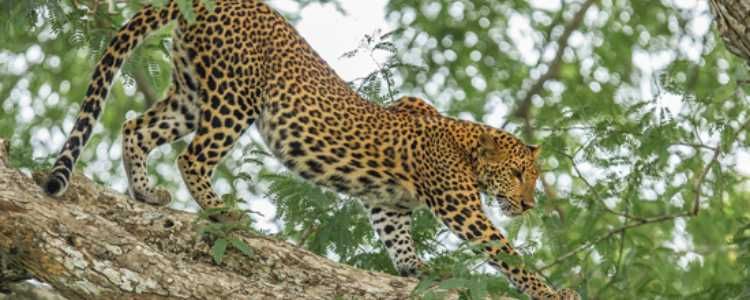
The protected landscapes in all climatic regions in Sri Lanka provides suitable habitat for the leopard. Yala, Wilpattu and Horton Plains National Parks are popular for leopards sightings have a high potential for tourism. The Leopard is Strictly Protected under the Fauna and Flora Protection Ordinance of Sri Lanka. The National Conservation Status of this species is regarded as “Endangered” (National Red List 2012). They have been listed as Near Threatened species by the IUCN.
